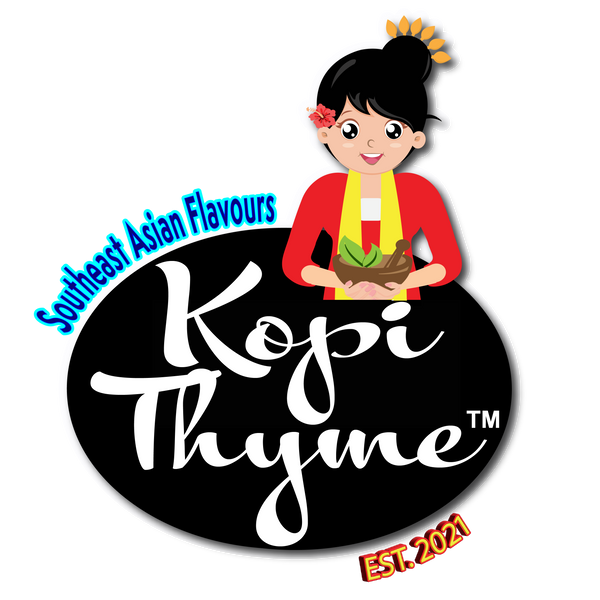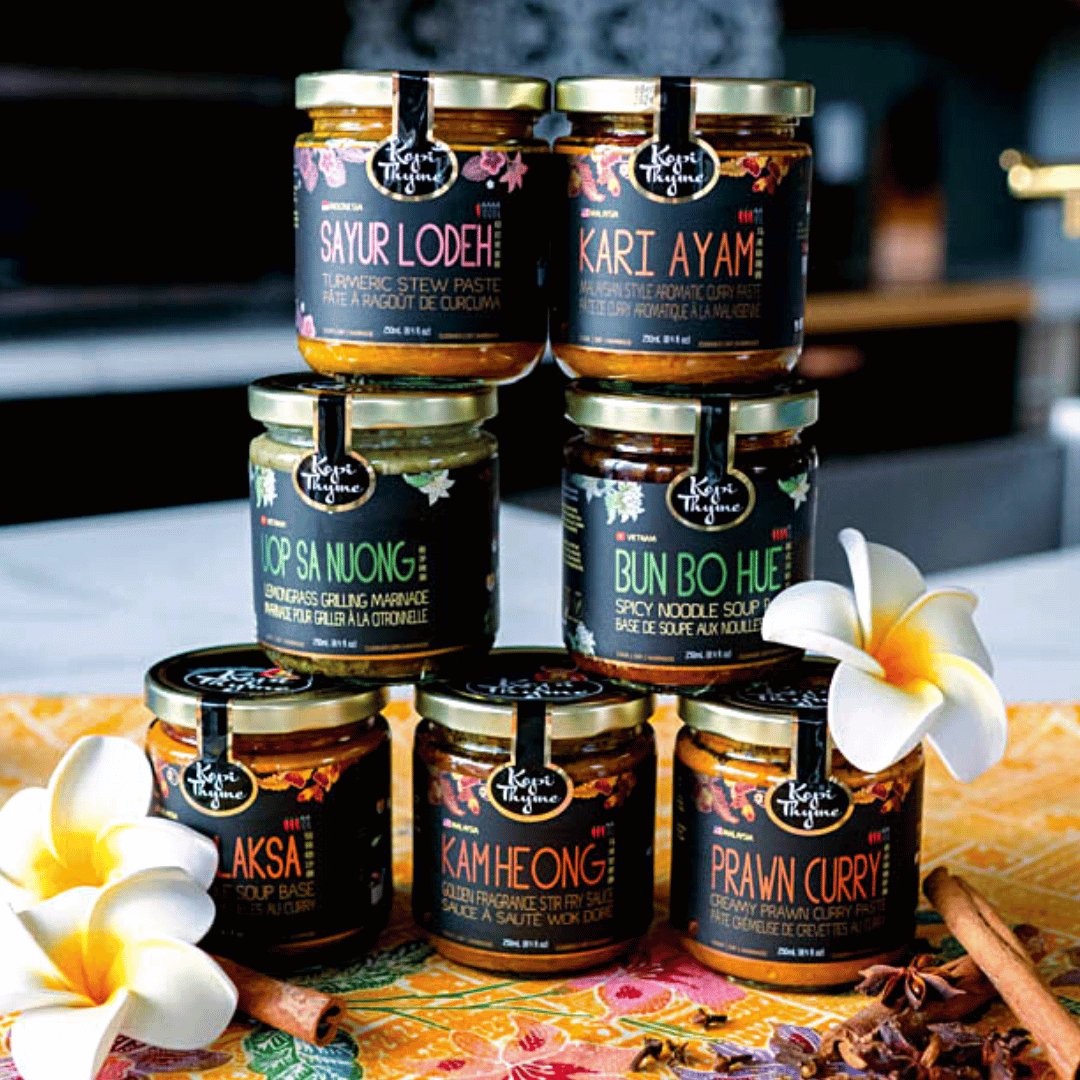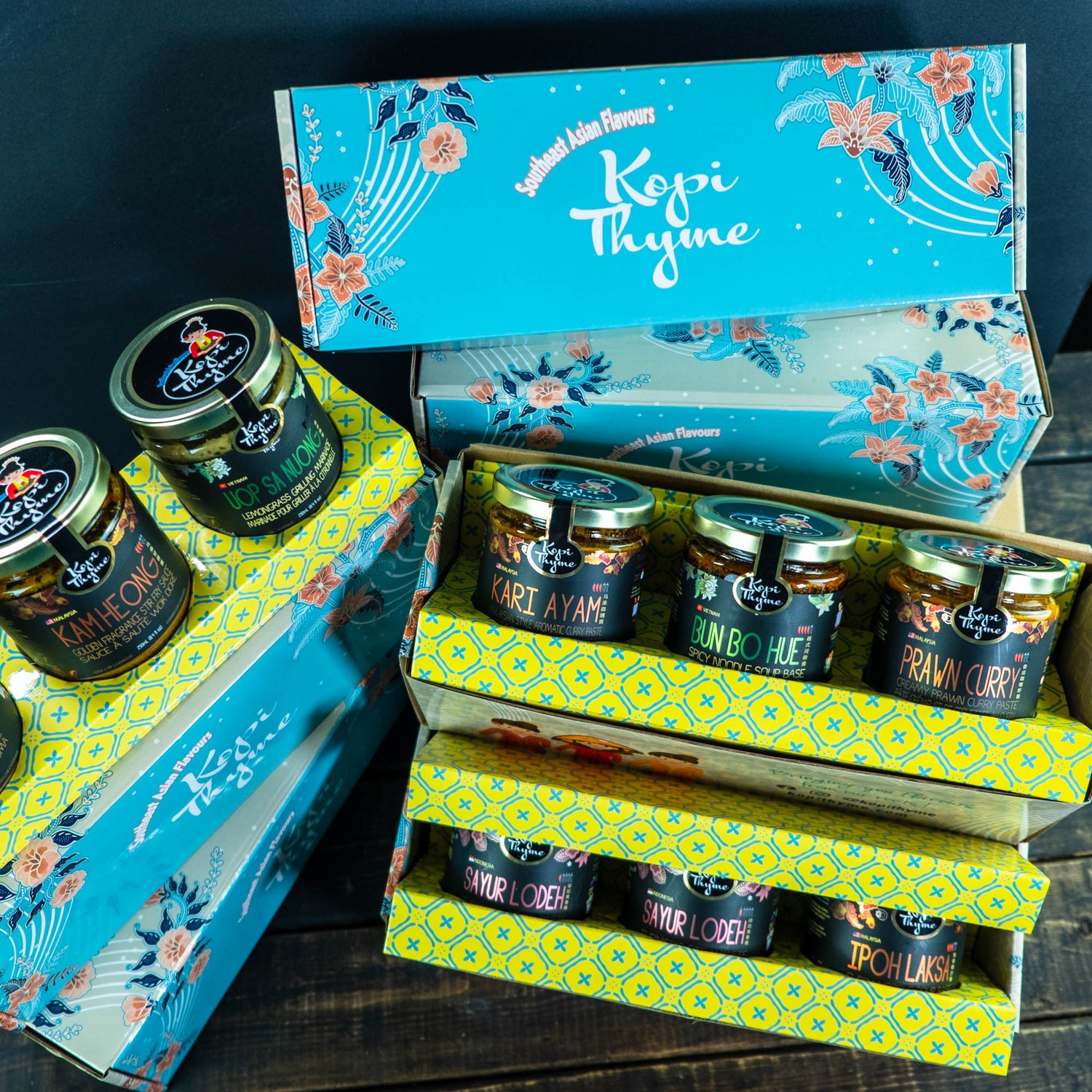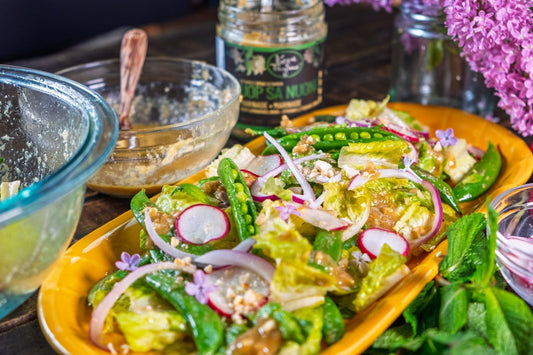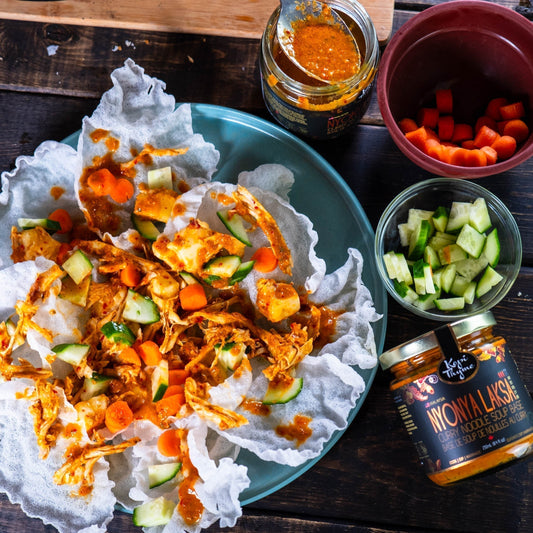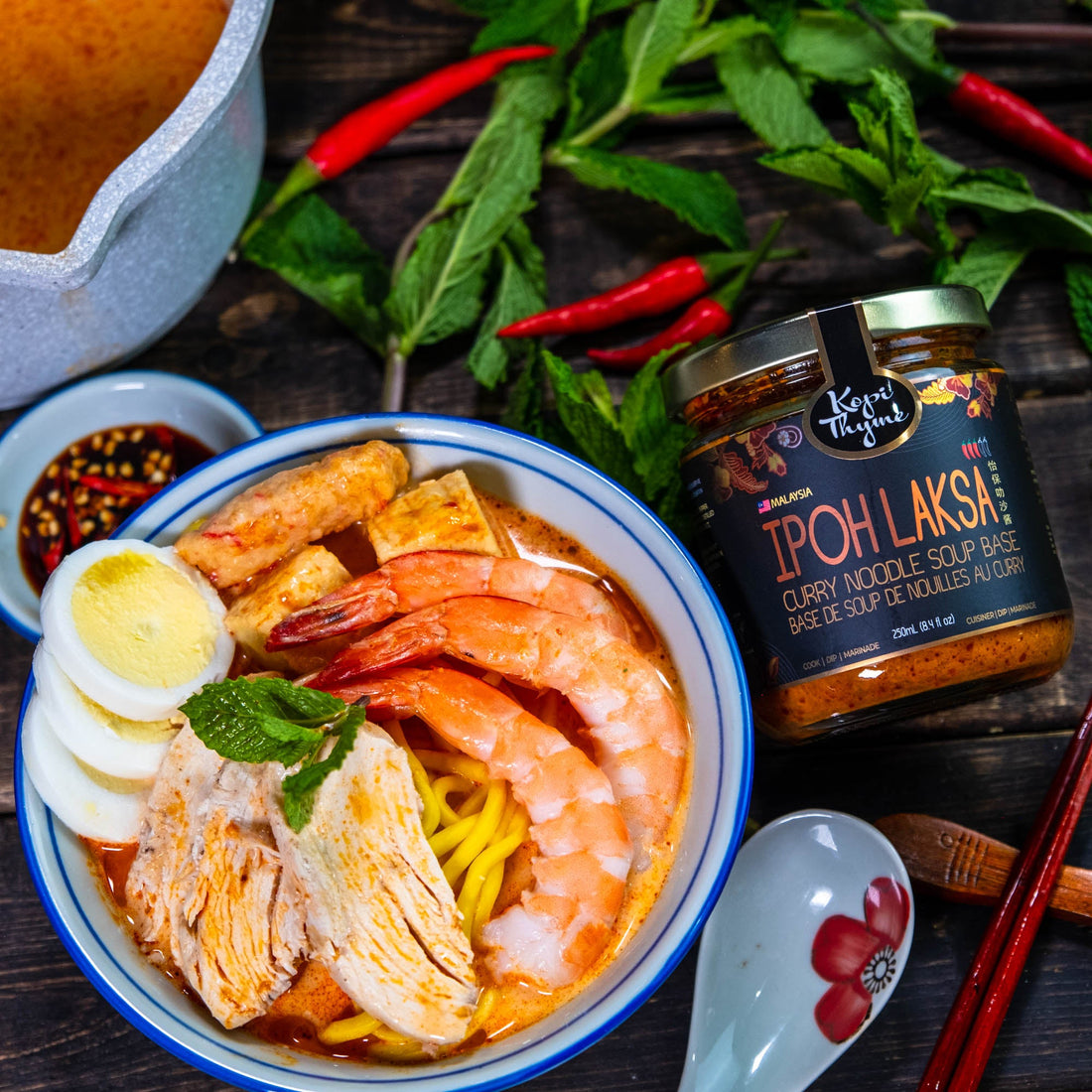
Share
Discover the Flavours
The History of Malaysian Laksa: Meet Malaysia's Widely Popular Bowl of Comfort
Laksa is a beloved and iconic dish in Malaysian cuisine, offering a delightful combination of spicy, tangy, and creamy flavours. Its roots trace back to the early centuries of Southeast Asia, influenced by a rich mix of cultures, including Malay, Chinese, and Indian, which melded over time to create this unique noodle soup. The origins of Laksa are believed to date back to the 15th century, during the time of the Malacca Sultanate. It is said that the dish was influenced by the Chinese immigrant communities, particularly the Peranakans (also known as Straits Chinese), who blended local Malay traditions and ingredients with their own cooking styles.
The word “Laksa” itself is believed to come from the Sanskrit word “laksha”, meaning "a hundred thousand" or "many," a reference to the diverse ingredients and flavours used in the dish. Over the years, different regions in Malaysia developed their own versions of Laksa, making it a dish with many faces. Curry Laksa and Assam Laksa are two of the most famous types.
Where Did Laksa Originate?
The question of Laksa’s true origin remains a subject of debate, with many pointing to its beginnings in the spice trade era, when cultures began to blend in Southeast Asia around the 16th century. Some believe that Chinese immigrants brought the dish to Malacca, where they introduced noodles into local cuisine. From there, Laksa made its way through Malaysia, Thailand, Singapore, and Indonesia, evolving into the rich and diverse dish that it is today. While its precise origins remain unclear, it’s certain that Laksa is a product of the vibrant cultural melting pot of Southeast Asia, born out of the marriage of flavours and ingredients from different culinary traditions.
Laksa’s Regional Variations: From Sour to Spicy
Malaysia is especially well-known for its version of Laksa, with each state offering its own unique take. The dish is often described as a spicy noodle soup, but the flavours can vary greatly depending on the region. There are two main categories of Laksa: Curry Laksa and Assam Laksa.
-
Curry Laksa (also known as Laksa Lemak) features a rich and creamy coconut milk-based broth, spiced with curry powder and chili paste. It is commonly found in the southern parts of Malaysia and is a hearty, comforting dish often served with noodles such as egg noodles or rice vermicelli. Toppings can include shrimp, chicken, tofu, or fish balls, and it’s often garnished with fresh herbs, bean sprouts, and lime.
-
Assam Laksa (or Penang Laksa) is lighter, with a tangy, tamarind-based broth. It’s typically served with mackerel fish and topped with fresh vegetables, herbs, and a squeeze of lime. This version is more sour and lighter in flavour, offering a refreshing contrast to the richness of Curry Laksa.
Both variations share common elements: noodles (usually rice noodles or egg noodles), a flavourful broth, and an assortment of toppings that could include proteins like chicken, shrimp, or fish, as well as fresh herbs, bean sprouts, and a squeeze of lime.
Laksa: A Popular Comfort Food
Laksa quickly became a favourite street food in Malaysia, cherished for its complex flavours and comforting nature. It is enjoyed throughout the day, whether as a quick breakfast or a satisfying lunch and can be found at hawker stalls, kopitiams (traditional coffee shops), and cafes across the country. Each region’s version of Laksa adds its own unique twist, making it a dish that’s constantly evolving and deeply embedded in Malaysian food culture.
Ipoh Style Laksa: A Special Family Recipe
One particularly beloved variation of Laksa is the Ipoh Laksa, originating from the city of Ipoh in the state of Perak, located in northwest Peninsular Malaysia. This version is known for its rich coconut curry broth, spiced with aromatic herbs and spices. The addition of mint leaves provides a refreshing contrast to the richness of the broth, creating a comforting, satisfying meal.
At Kopi Thyme, we bring you an Ipoh Laksa recipe passed down through generations. This family secret has been perfected over 40 years by Sara’s grandmother and father, who ran a kopitiam (coffee shop) in Johor, Malaysia. The dish has been carefully honed to deliver the perfect balance of flavours, will transport you to her family ran kopitiam.
Sara’s Favourite Way to Enjoy Ipoh Laksa
Sara’s favourite version of Ipoh Laksa is a dry curry version made with hor fun (thick rice noodles). This style is achieved by creating a concentrated, thicker curry soup, with less water, which is then tossed with the noodles. Topped with shredded chicken, shrimp, and fried tofu puffs, this dry curry version of Ipoh Laksa provides a richer, more intense flavour that’s both satisfying and comforting.
Dry Hor Fun Ipoh Laksa at Restoran Ka Poh. Johor, Malaysia
Bringing you one bowl at a time, a glimpse of a great dish that is found at a kopitiam/hawker stall from Malaysia right here in your own kitchen.
Get Transported to Malaysia with Every Bite
Transporting you with every sip of broth and slurp of noodles, it's like being in a kopitiam right at home!
Now, with Kopi Thyme this is made possible in 3 simple steps!
Step 1: Make Your Soup
All you need is Kopi Thyme's Ipoh Laksa, water, and coconut milk. Adjust the proportions to your taste:
- For a thicker broth, use less water.
- For a lighter broth, use less coconut milk, or replace some of it with regular milk and water.
Step 2: Add Your Toppings
Laksa is versatile—use what you have! Some great options are:
- Char siew (roast pork)
- Steamed chicken
- Boiled egg
- Tofu puffs
- Boiled shrimp
- Clams
- Vegetables like long beans, bean sprouts, or anything from your fridge.
Step 3: Boil Your Noodles
Choose your favourite noodles to complete the dish:
- Yau noodles (yellow noodle/油麵)
- Rice vermicelli (Bee hoon/Mi hoon)
- Hor fun (flat rice noodles)
- Egg noodles
Enjoy! Jom Makan! 🍲
Different Ways to Enjoy Ipoh Laksa
Bee Hoon (Rice Vermicelli) Ipoh Laksa:

Yau noodles/yellow noodles/油麵 and Rice Vermicelli/Bee Hoon/ Mi Hoon:

